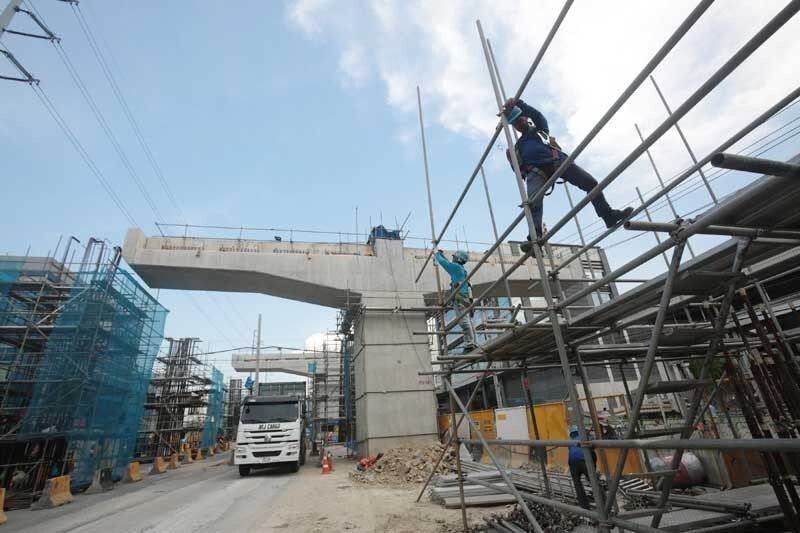
Manila, Philippines – March 24, 2025 – In a significant boost to Metro Manila's flood control efforts, the Philippine government has secured approximately $305 million in funding from Japan for the Pasig-Marikina River Channel Improvement Project, Phase IV. The agreement was formalized during the 15th Philippines-Japan High-Level Joint Committee Meeting (HLJCM) on Infrastructure Development and Economic Cooperation, where Finance Secretary Ralph G. Recto signed five crucial financing agreements with the Japanese government.
The Pasig-Marikina River Channel Improvement Project aims to mitigate the severe flood damages that frequently plague Metro Manila due to the river's overflow. The substantial investment will be directed towards comprehensive flood control measures, including the construction of dikes, revetments, and flood gates, as well as extensive channel dredging.
"This project is vital for the sustainable urban economic development of Metro Manila," stated Secretary Recto. "By enhancing the river's capacity and implementing effective flood risk management measures, we can significantly reduce the vulnerability of our communities to devastating floods."
The project will focus on improving the river channel through both structural and non-structural interventions. The dredging efforts will clear obstructions and deepen the channel, allowing for more efficient water flow. The construction of dikes and revetments will reinforce the riverbanks, preventing erosion and overflow during heavy rainfall. Flood gates will provide additional control over water levels, ensuring that excess water can be managed effectively.
The collaboration between the Philippines and Japan underscores the strong bilateral relationship and shared commitment to addressing critical infrastructure needs. This project is expected to bring long-term benefits to the residents of Metro Manila, providing them with greater safety and stability in the face of increasing climate challenges. The improvements are also projected to provide a positive impact on the overall economic activity of the region.
[Copyright (c) Global Economic Times. All Rights Reserved.]






























